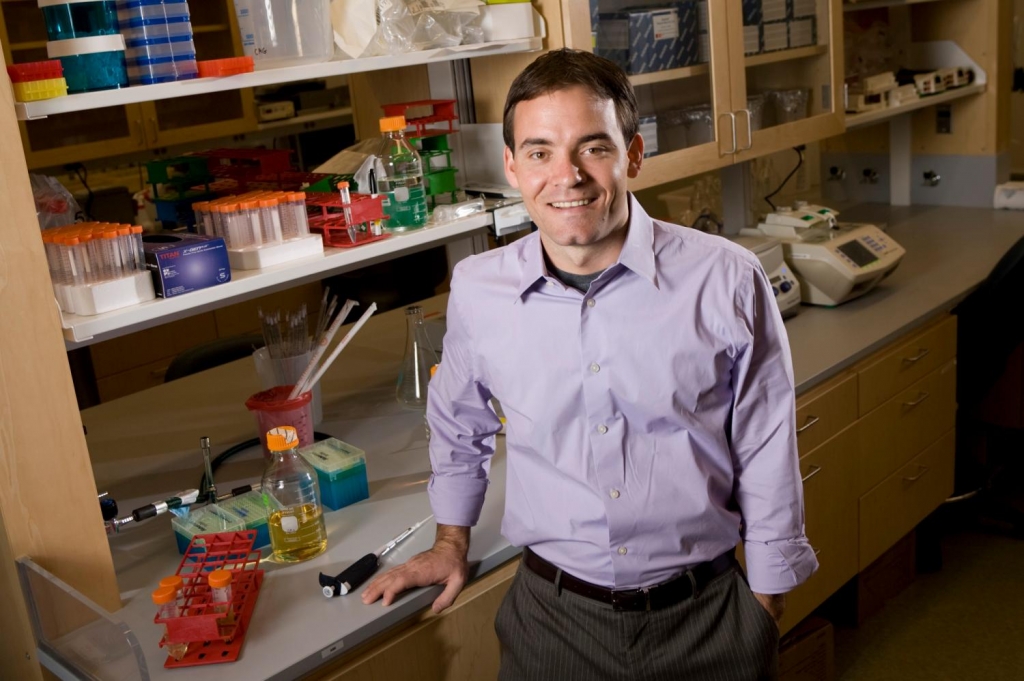-
Tips for becoming a good boxer - November 6, 2020
-
7 expert tips for making your hens night a memorable one - November 6, 2020
-
5 reasons to host your Christmas party on a cruise boat - November 6, 2020
-
What to do when you’re charged with a crime - November 6, 2020
-
Should you get one or multiple dogs? Here’s all you need to know - November 3, 2020
-
A Guide: How to Build Your Very Own Magic Mirror - February 14, 2019
-
Our Top Inspirational Baseball Stars - November 24, 2018
-
Five Tech Tools That Will Help You Turn Your Blog into a Business - November 24, 2018
-
How to Indulge on Vacation without Expanding Your Waist - November 9, 2018
-
5 Strategies for Businesses to Appeal to Today’s Increasingly Mobile-Crazed Customers - November 9, 2018
Gene editing tool to help treat muscular dystrophy
The teams were led by Charles A Gersbach of Duke University, Eric N Olson of the University of Texas Southwestern Medical Center and Amy J Wagers of Harvard University.
Advertisement
This is the first time that the CRISPR method has been used to successfully treat a genetic disease inside a fully developed living mammal. A second study has looked at gene editing in mouse egg and sperm cells of mice carrying Duchenne muscular dystrophy. Earlier the Duke University researchers had used the CRISPR technique for correcting the genetic mutations of Duchenne patients in their cultured cells whereas other labs also had tried correcting the single-cell embryo genes within the laboratory environment. But the latter approach is now unethical to attempt in humans, and the former faces many obstacles in delivering treated cells back to muscle tissues.
Duchenne muscular dystrophy is a disease that affects roughly 5000 male babies every year, and it manifests by causing an increasingly debilitating weakness in the patient via genetic mutations that interfere with the proper development of muscle tissue. The condition leads to progressive muscle degeneration and premature death and it is the result of a gene mutation.
Researchers have been trying for long to find a solution for treating this common hereditary illness through gene therapy, however, until now had little success. An alternative treatment, drugs based on chemicals known as antisense oligonucleotides, is in clinical trials. The dystrophin gene, which guides the protein’s production in the cell, sprawls across about one per cent of the X chromosome and is the largest in the human genome. They loaded the DNA-cutting system onto a virus that infected the mice’s muscle cells, and excised from the gene a defective stretch of DNA known as an exon. There are also different versions of AAV that can preferentially go to different tissues, such as skeletal and cardiac muscle, so researchers can deliver them systemically.
The solution came from Feng Zhang, an investigator at the Broad Institute of the Massachusetts Institute of Technology and Harvard. After scouring the bacterial kingdom, Zhang discovered the much smaller Cas9 protein of Staphylococcus aureus. To restore expression of dystrophin proteins, Christopher Nelson et al. used the CRISPR-Cas9 gene editing system to delete exon 23, causing an additional shift in the genetic coding that allows dystrophin proteins to be expressed.
By applying the modified technique directly to the leg muscle of the affected animal, they were able to observe a series of corrections taking place throughout the entire mouse’s body.
“The best way we have to do it right now is to take advantage of viruses, because they have spent billions of years evolving to figure out how to get their own viral genes into cells”. Duchenne muscular dystrophy is a progressive muscle-wasting disease that affects boys, putting them in wheelchairs by age 10, followed by an early death from heart failure or breathing difficulties.
Advertisement
Previous research has suggested that even 4% would be enough to achieve adequate muscle function in patients with DMD. “But these results coming from our first experiments are very exciting”.





























